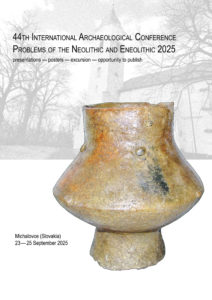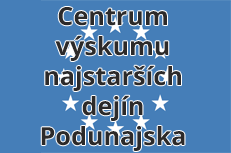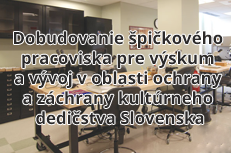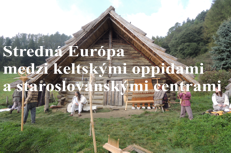 Registration for the 44th International Conference on the Neolithic and Eneolithic of Central Europe is open. We would like to welcome all those who wish to share their findings from rescue or systematic archaeological investigations, material culture studies, thematic syntheses, and finally student theses.
Registration for the 44th International Conference on the Neolithic and Eneolithic of Central Europe is open. We would like to welcome all those who wish to share their findings from rescue or systematic archaeological investigations, material culture studies, thematic syntheses, and finally student theses.
In its 44th year, the conference returns to Slovakia. It is organised by the Institute of Archaeology of the Slovak Academy of Sciences and the Zemplín Museum in Michalovce in cooperation with the Slovak Archaeological Society. It will take place from 23rd September to 25th September 2025 in the premises of the Zemplín Museum in Michalovce (map). The programme will consist of two days of lectures, a social evening and a full-day excursion, during which we will present the area of Zemplín with its rich Neolithic and Eneolithic settlement.
We welcome either topic-specific talks accompanied by a *.ppt presentation with a maximum length of 15 min, or colour-printed posters in DIN A0 format (841 x 1189 mm). Talks can be presented in Slovak, Czech and Polish, or in English or German.
Registration is a prerequisite for participation, the registration form in PDF form can be downloaded here. The application form can be sent to the email address neolit.eneolit2025@gmail.com until 31st May 2025. Participation is also conditional on sending an abstract of the presentation/poster in your native language and in English (recommended length 300-500 words). These abstracts will be published in book form, both in print and electronic versions.
Registered participants will receive a preliminary conference and field trip programme during July 2025. The final version of the programme will be published on the website in August 2025 and circulated to registered participants.
The conference fee was set at 65 €, discount for students (Bc., Mgr., PhD) at 30 €. The amount covers the cost of conference room and equipment rental, refreshments during breaks, a social evening, as well as travel costs and entrance fees during the excursion. Further information on the method of payment will be provided to registered participants.



